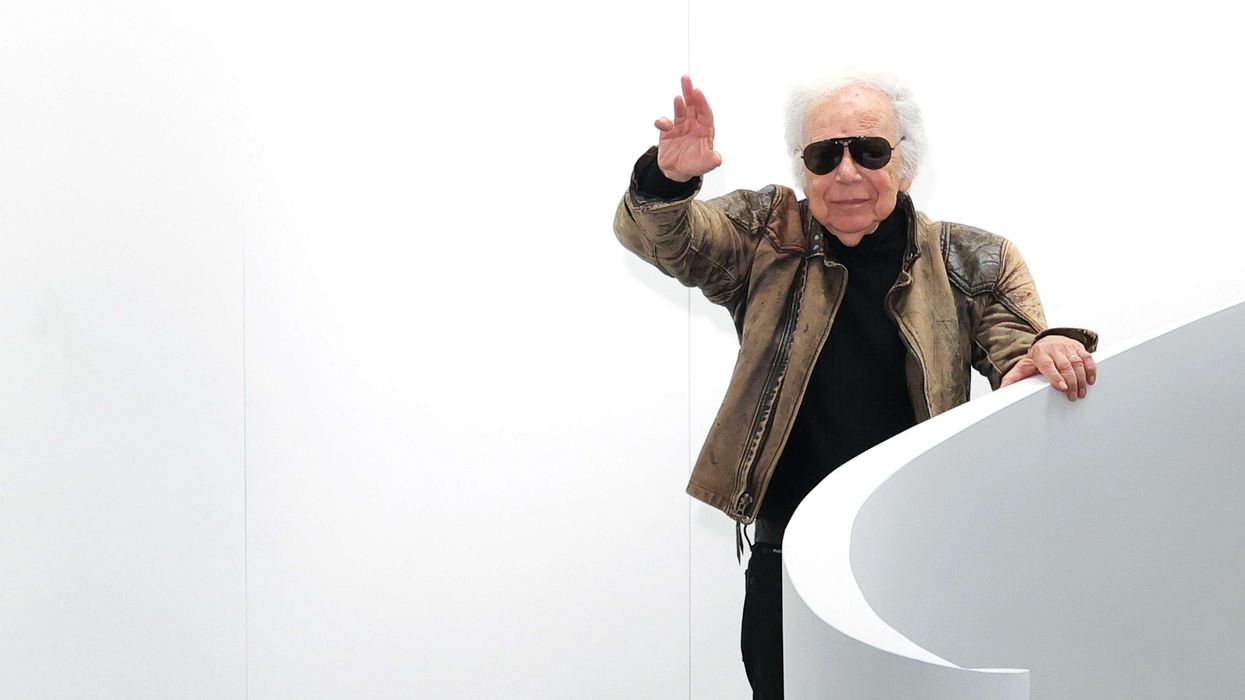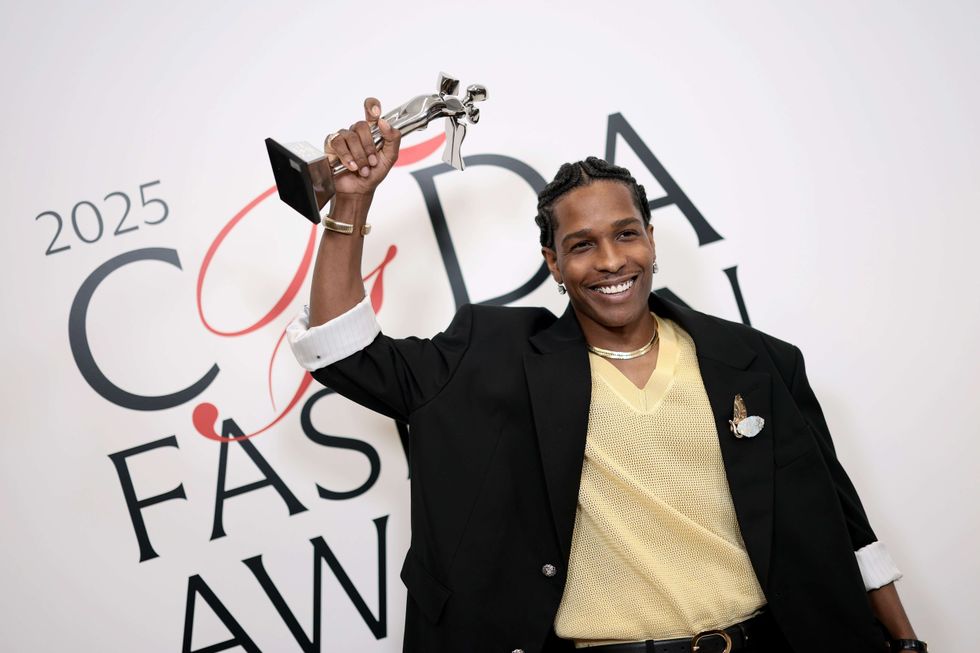by LAUREN CODLING
A LACK of enrolment of foreign students in British universities could lead to “lost networks and connections, and hamper the future influence of the UK among the next generation of leaders,” an expert has warned.
Following the Covid-19 outbreak earlier this year, a survey by the British Council’s International Education Services last Tuesday (9) revealed that UK universities are likely have nearly 14,000 fewer new enrolments from east Asia in 2020-2021, compared to the previous academic year.
UK universities are predicted to face a £463 million shortfall, analysis found.
In April, an earlier British Council study found that 29 per cent of Indian and 35 per cent of Pakistani students who had applied to study overseas were likely to cancel their plans or had already done so. India currently ranks as the third largest source of international students in the UK.
Speaking to Eastern Eye on Monday (15), Michael Peak, senior adviser of education research at the British Council, spoke of the potential impact a decline in international students could have on the UK.
“In addition to the immediate financial loss to UK universities and communities, a decline in international enrolments will have a longer-term impact with regard to the lost networks and connections for UK students, and the future influence of the UK among the next generation of leaders and change makers,” he explained.
Peak noted that an estimated 59 world leaders studied in the UK.
Life peer Lord Swraj Paul is the chancellor of University of Wolverhampton. Speaking to Eastern Eye, the Indian-origin businessman admitted he did not expect to see “floods of foreign students” apply to the university in light of the pandemic.
“I doubt parents are interested in sending their children anywhere (during this crisis),” he said last week. “It is the wrong time to judge whether (foreign students) come or don’t come.”
Many universities have begun to prepare for virtual learning, although the British Council found that prospective postgraduate students favoured a face-to-face start in January over an autumn beginning online.
Earlier this month, Professor Julia Buckingham, the president of Universities UK which represents university leaders, said institutions had a “short window to convince undecided applicants they can plan with confidence to study in the UK this autumn”.
“This needs action by government as well as universities,” Professor Buckingham, the vice-chancellor of London’s Brunel University, added.
However, Lord Paul believes that many foreign students do not study abroad only for the “learning experience”. Therefore, virtual learning may not seem satisfactory to them. “You go for the atmosphere, that is the most important part,” he said, noting his own experiences as a foreign student when he studied mechanical engineering at the prestigious Massachusetts Institute of Technology (MIT) in 1949.
“There are some outstanding academic [institutions] in India, but Indian students go abroad because they want to experience meeting students from all over the world,” he explained. “That experience is as important as learning from book material.”
Peak agreed the attraction of studying in the UK was as much about the intercultural experience and opportunity to live in UK communities and visit famous cities and landmarks, as it was about the learning experience.
However, he highlighted evidence from the annual Student Academic Experience Survey which showed many students found online teaching to be more focused and engaging than face to face.
“Universities have collectively stated that they are committed to ensure the safety and well-being of all students, and have processes in place to support international students on arrival and throughout their time in the UK,” he said. “Universities are making appropriate changes to respond to public health advice, and reviewing their approaches to teaching, learning and assessment to ensure all students have access to the same high-quality education experience the UK is known for.”
In response to Eastern Eye, universities minister Michelle Donelan called international students an “integral part of our society, culture and economy”.
Stressing that foreign students who planned to come to the UK in the autumn would still be welcome, Donelan added: “High-quality teaching will continue and the government is working hard to ensure processes are as flexible as possible, including around current visa regulations.”
The government has recently announced financial support measures to help ease pressures on universities’ finances, including bringing forward £2.6 billion of tuition fee payments and £100m of research funding.





 A$AP Rocky received the Fashion Icon AwardGetty Images
A$AP Rocky received the Fashion Icon AwardGetty Images Donatella Versace accepted the Positive Change AwardGetty Images
Donatella Versace accepted the Positive Change AwardGetty Images Maitreyi Ramakrishnan and Bach Mai attend the 2025 CFDA AwardsGetty Images
Maitreyi Ramakrishnan and Bach Mai attend the 2025 CFDA AwardsGetty Images






